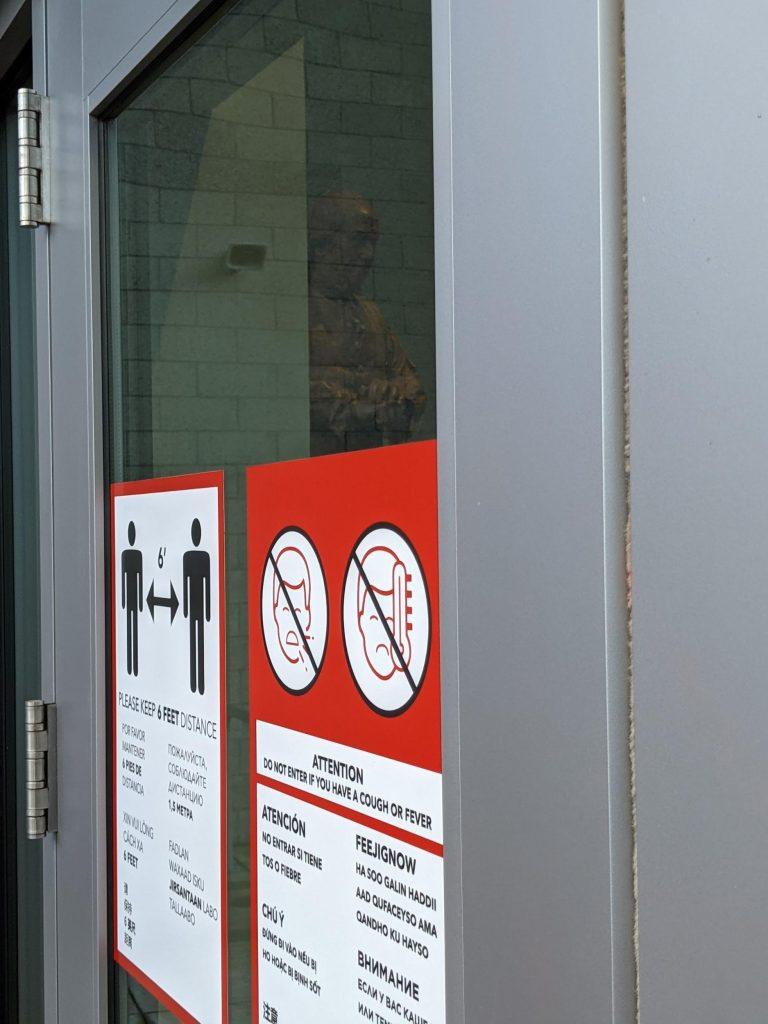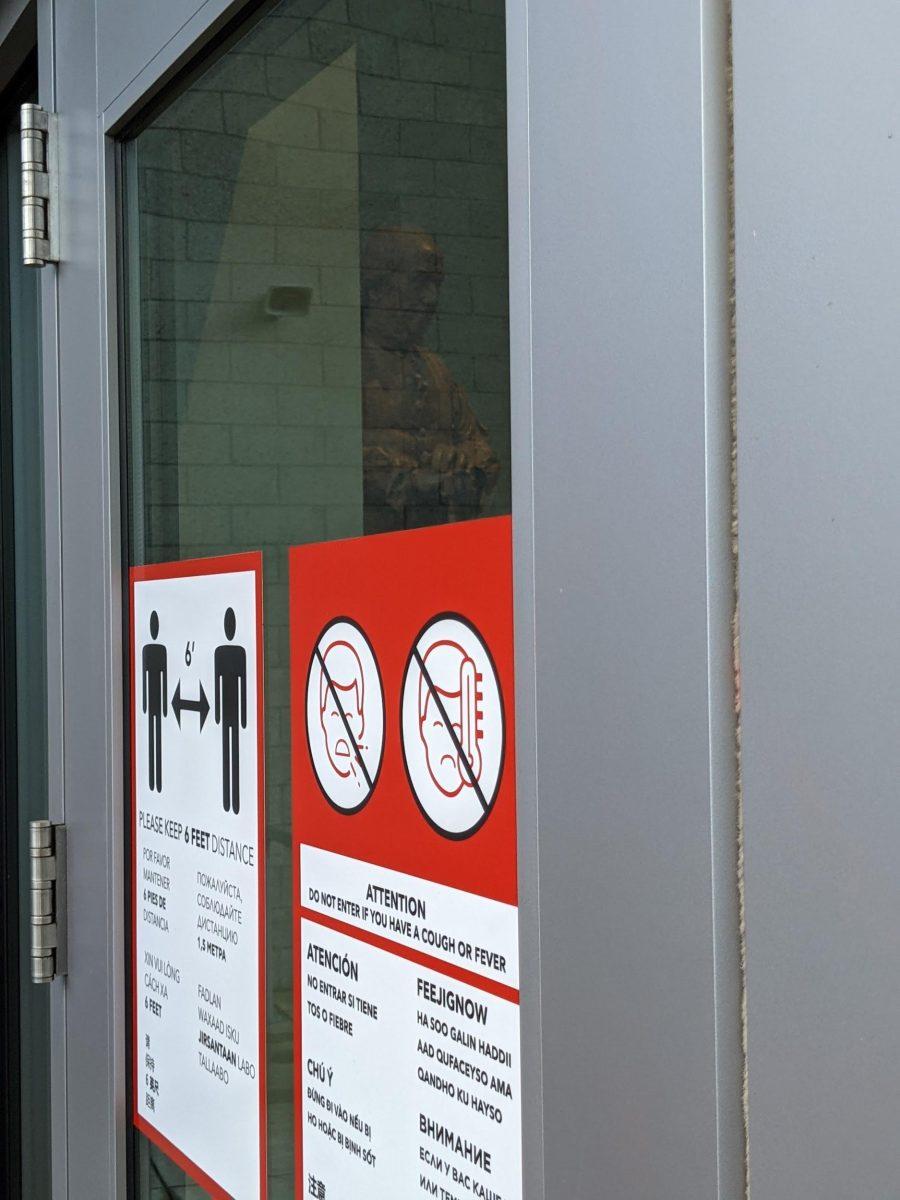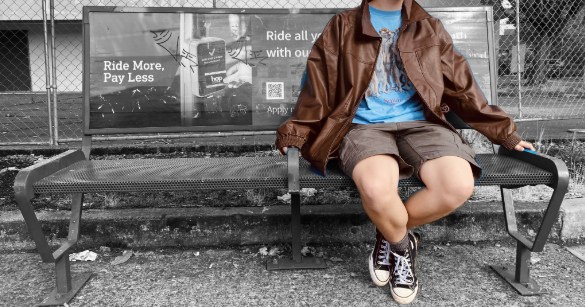
Few subjects in the past few months have been more divisive than the debate over whether to reopen school buildings before most students, and sometimes even teachers, have been vaccinated from the SARS-CoV-2 virus. In many cities and states, public schools remain online in an attempt to limit the spread of COVID-19. Research has suggested that many children, especially children of color, have experienced worsened mental health states, such as anxiety and depression, since the beginning of the pandemic, according to the American Psychological Association, and the lack of in-person schooling is believed to be a key contributor. However, in spite of that, teachers and teachers’ unions have opposed reopening in a number of cities, and many students, who would likely return unvaccinated, feel opposed to in-person learning during the pandemic as well. But recent data regarding COVID-19 transmission in schools suggests that the fears of healthy students, parents, and teachers may not entirely reflect reality.
Out of a survey of 48 Franklin students, 25 wrote that they would not return to school if they weren’t vaccinated, and just nine wrote that they would. Most of the hesitant students cited the virus. “I am not willing to jeopardize the health of my family,” wrote Abigail Crowe, a 10th grader. (Crowe is a member of the Franklin Post.) “I have zero problems with continuing online until everyone receives the vaccine,” added another respondent.
Many teachers have received at least their first immunization as part of Oregon’s vaccine rollout plan, which places educators alongside people 70 and older and ahead of food processing workers, among other people, but the outlook for students is much slower. The state’s current estimates place the general public (all Oregonians 16 and older) being eligible to be vaccinated by July 1, which would make up the majority of Franklin students but wouldn’t include some high schoolers, middle schoolers, and elementary schoolers. This means kids won’t have received a vaccine even after most adults have been immunized, and many of those students are skeptical about returning while still at risk of contracting a disease that has claimed the lives of more than 500,000 Americans since it entered the US last year, according to New York Times data.
Portland Public Schools (PPS) announced on February 26 that it hoped to reopen schools with a hybrid learning model by April. In order to minimize the spread in case of an outbreak, schools will limit the spread of disease by making 100-student cohorts, where each student will have fewer than 100 direct, in-school contacts. Thanks to social distancing measures, the average elementary school classroom will have about 12 students. This means staggering the schedule such that an individual will only attend in person for about half the week. There will be school buses, but social distancing will be practiced on those buses. Buildings will have proper ventilation, according to PPS’s statement, and students and staff will be required to wear masks at all times. Hybrid learning will be optional. According to a statement by PPS, 69 percent of surveyed elementary school families want some sort of in-person schooling to be made available. (The statement did not include similar data for middle and high school families.)
On March 5, Kate Brown issued an executive order for public schools to return to in-person learning. Students in grades 6-12 will return by April 19. There will be an option to stay online, and districts can choose a hybrid model.
11th grader Declan Ferranti hopes to return even if he hasn’t been vaccinated. When learning online, he says, “Everybody’s muted and everybody has their camera off and it’s hard to see and feel other people’s emotions and see and feel how they’re doing and how they’re learning.” The social side of school is lacking in a distance learning environment in which students are told not to have their microphones on, without the ability to whisper amongst themselves at the back of the room, and multiple respondents mentioned seeing friends and classmates as a draw of in-person school. Franklin sophomore Phoenix Naylor, meanwhile, feels hesitant about returning. “If I really need help for an assignment, maybe,” he says. “But probably not for actual class.”
COVID-19 is particularly dangerous for certain groups, including a number of Franklin students and their families. 25 of the 48 respondents reported having a family member who is part of a vulnerable group, and some students are more vulnerable than most to the disease themselves, including Miranda Phinney, an 11th grader at Franklin. Phinney’s parents are also at higher risk, and she could potentially pass the virus on to them. “With my parents not vaccinated, going back to school is a no,” she says. “If my parents are vaccinated… I think we would want to consider [going back to school] more of a yes or a maybe.”
The science behind school-related transmission, however, is much more complicated.
Dr. Leslie Bienen, a PSU-OHSU School of Public Health professor, works in zoonotic viruses, the kind that passes from nonhuman animals to humans. In October, she started wondering why schools had yet to reopen, and she looked at the data regarding transmission in places where schools had opened. What Bienen found was not evidence of superspreader environments, but rather of relatively safe places where, as long as the right measures are in place, COVID transmission can be kept largely in check. “It quickly became clear that it was very possible to create in-person learning situations in which there was very low COVID spread,” she says.
There have been incidents in which schools were linked to outbreaks of the virus, such as in a village in Belgium where six teachers and 27 students were infected, according to the Washington Post. However, there are also areas in which schools were open and the virus remained under control. Vermont is the state with the lowest detected case rate in the United States, and schools have been open in the state since September.
Parts of Oregon have opened schools, and there have been some troubling results. In Bend, Summit High School experienced an outbreak of more than 40 students due to a party. Lake Oswego also recently had a party-related outbreak, forcing both schools to cancel upcoming sporting events. Schools may be able to make a minor outbreak much worse. The bulk of the spread came from parties, not on-campus, but exposing more students to the virus would not improve the situation.
Important safety measures must be taken, as Bienen is quick to point out. “It really depends on what the school is doing,” she says. “And if people aren’t masking and [doing] things like that, the risk is going to be higher.” Mistakes like not using masks, not properly distancing, and lacking proper ventilation may have contributed to some findings that indicate schools are dangerous. A table from the University of Washington shows that a few countries have struggled to enact proper safety measures, leading to some of the conflicting results.
However, if masks, distance, and ventilation are achieved, the risk for a healthy teenager is quite low. According to Bienen, the fears around the disease may be connected to a lack of control, since without total isolation, it’s almost impossible to prevent infection. Bienen believes that social media and news about the dangers of COVID-19 may have also contributed to the beliefs around reopening. It should be noted that media coverage has often been hostile toward teachers and teachers unions.
Measuring the exact effect of schools on COVID-19 transmission is difficult, since if an outbreak were to occur, it could hit communities far beyond schools. For example, if a student’s parent worked in a supermarket and they spread the illness to coworkers and customers, those cases may not be measured at all. Additionally, students are not being tested at an adequate rate to account for asymptomatic cases. However, a study performed by the Universitat Politècnica de Catalunya found no link in Spanish regions between reopening schools and transmission, and thanks to Spain’s contact tracing, scientists could also find that 87 percent of infected students and staff did not infect others in the school, according to NPR. This study was, however, conducted in September, and no two places are the same.
Still, even one life lost to COVID-19 is a tragedy. “I don’t think there’s any way to make it safe enough that no one’s gonna get hurt,” Naylor says. And even if young people are unlikely to get seriously infected or die, some have passed away due to COVID-19, as have family members of students and staff in the Franklin community. “It’s not no risk,” Phinney says. “You don’t have a ton of control over whether you’re the statistical anomaly.” Even as momentum builds for a return to in-person schooling, much of Franklin’s student body feels hesitant to return, and regardless of what the mentioned studies show, the lack of faith in reopening persists. “One of the saddest things about this pandemic is, we have no idea how COVID spread, and no idea how it didn’t,” Bienen said in an interview with Willamette Week. Much is still unknown about the virus, even after a year. The danger of schools is unknown as well, but some recent findings do provide a source for hope.


































